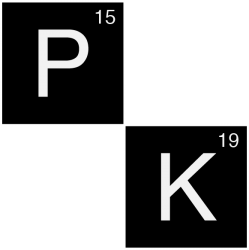“Rate of drug elimination divided by plasma concentration, giving a volume of plasma from which drug is completely removed per unit of time”
Description
Clearance reflects the elimination of the drug from the body. This drug elimination generally results from liver metabolism and/or excretion by the kidneys.
In order to be eliminated, a drug must be presented to the organs of elimination by the plasma flow. The higher the drug concentration, the more drug is presented to the organs and thus can be eliminated. In other words, the rate of drug elimination is proportional to the plasma concentration. Clearance is precisely this coefficient of proportionality. By contrast, the fraction of drug that is eliminated remains constant. Clearance of most drugs, for which excretion and metabolism are not saturated, is constant over the range of doses encountered clinically. Such drugs are said to undergo first order kinetics.
Clinical implications
Clearance is the only factor determining the average drug concentration after the iv injection of a given dose. After an extravascular administration, the average drug exposure is determined both by clearance and by bioavailability. In a multiple dosage regimen, establishing the value of clearance is necessary to predict an average drug concentration within a therapeutic window. The individual factors that can influence clearance are the intrinsic functions of liver or kidneys. Therefore, variation of clearance can be anticipated when there is a major impairment of these organs. Blood flow to the organs of elimination can also affect clearance.
Chart Pharmacokinetics
Related terms
For every drug, each organ of elimination has its own clearance (e.g. hepatic clearance, renal clearance). The total body clearance results from the addition of these clearances:
CL= Renal CL+ Hepatic CL+ other CL
Assessment
$$CL = \lambda * Vd$$

